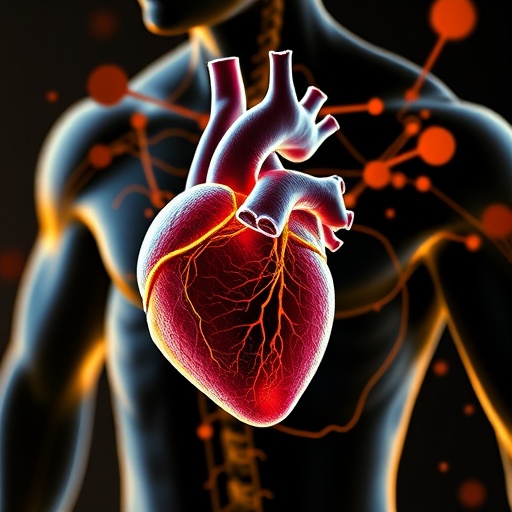UofT Mississauga Psychology prof is examining a number of factors that influence sexual orientation
A new study from Professor Doug VanderLaan’s lab in UTM’s Department of Psychology looking at biological mechanisms that are often thought to influence male sexual orientation was published in the latest edition of PNAS.
“Studying individual differences in gender and sexual orientation provides insight into how early-life biology shapes the brain and behaviour,” says the developmental psychology researcher.
VanderLaan’s study assessed whether biomarkers–markers of early-life biological processes–work in conjunction with each other to contribute to male same-sex sexual orientation or influence sexual orientation independently of one another.
“The biomarkers have all tended to be studied on their own before. But our study considers whether there is some interaction or association between these influences,” says VanderLaan.
The biomarkers VanderLaan examined included participants’ number of older brothers, rate of left- versus right-handedness, and the presence of gay and/or bisexual male relatives in their families. VanderLaan’s group used latent profile analysis (LPA), a statistical technique, to help identify whether these biomarkers cluster together in the same individuals or are present in only particular subgroups of men.
The study found evidence for at least four different subgroups: men with elevated numbers of older brothers, men with a greater degree of non-right-handedness, men with elevated gay and/or bisexual male relatives, and men with low levels of these biomarkers.
VanderLaan’s study concluded that the biomarkers likely reflect different subgroups of men. Participants who belonged to the subgroups that showed biomarkers were more likely to report same-sex attractions than the subgroup that showed low levels of these biomarkers.
“These findings likely reflect the existence of subgroups of same-sex attracted men who owe their sexual orientation to different developmental processes,” VanderLaan says.
The study also found differences between the subgroups on measures of psychological characteristics that previous research had suggested were associated with male sexual orientation. The subgroup without these biomarkers conformed the most to masculine gender roles, whereas the subgroup with greater numbers of older brothers among their siblings scored higher on measures of feminine gender role expression and agreeableness. These patterns suggest the biological processes associated with each biomarker might have unique influences on psychological development.
“Our study illustrates the value of LPA for studying individual differences in people,” says VanderLaan.
“The findings also suggest that there are multiple and distinct pathways influencing same-sex sexual orientation in men and we will further pursue these pathways in other studies.”
###
Media Contact
Carla DeMarco
[email protected]
https:/




